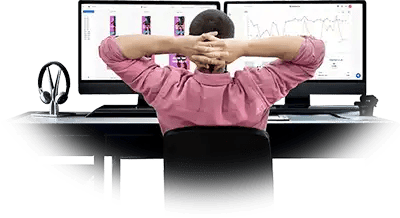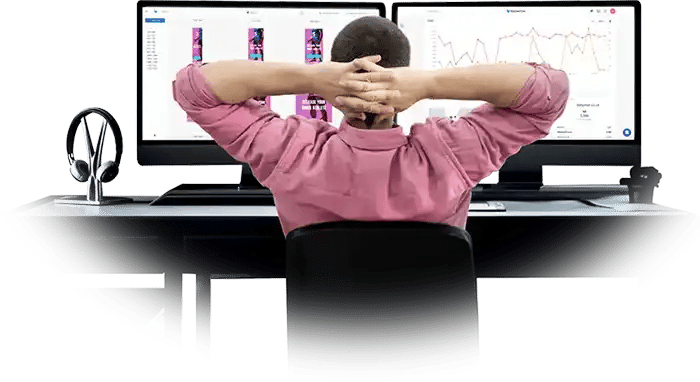All Your Ads.
One Platform.
Experience the ease of creating, scaling, publishing and optimising your ads in one place.

All Your Ads. One Platform.
Experience the ease of creating, scaling, publishing and optimising your ads in one place.


Take full control of your digital advertising
Simplify ad creation, accelerate campaigns, and maximise your ROI with Bannerflow.
Boost Your Creativity
Create stunning HTML5, video and social media ads – Reduce manual work by automatically scaling to all formats in seconds.
Easy-to-use drag and drop
Instant ad variations
Direct translation with AI
Go Full Omnichannel
Shorten time to market and launch your ads directly to your favourite display, social, email, onsite and digital out-of-home networks.
Simplify ad distribution
Connect with 80+ networks
Improve control across channels
Smarter Decisions, Faster
Simplify campaign management and take data-driven decisions to maximise performance – In real time!
Combine data & creativity
Advanced scheduling
Analyse and A/B-test
Optimise Campaign Efficiency
Tailor campaigns that connect with specific audiences, reduce costs and boost ROI!
Go beyond basic templates
Brand consistent ads at volume
Stand out from the competition
Take full control of your digital advertising
From streamlining ad creation and accelerating campaigns to seamless collaboration with your team and agencies, Bannerflow empowers you to achieve your advertising goals.
Easy-to-use drag and drop Brand asset library Instant translations with AI
Simplify ad distribution Connect with 80+ Networks Maintain brand consistency
Combine data & creativity Advanced scheduling Analyse and A/B-test
Go beyond basic templates Brand consistent ads at volume Stand out from the competition
Trusted by 1700+ Leading Brands
Trusted by 1700+ Leading Brands

Let us help you find the best solution for your advertising needs
Every business is different, and adding new technology is never easy. Let’s simplify the process and have a quick chat so we can guide you in the right direction.


Using Bannerflow is easy and intuitive. Duplicating and editing previously made banner sets saves a lot of work time. The possibility of using your own fonts supports the desired brand look...

We usually create multiple versions of all our creatives and with Bannerflow it's super easy to manage the different versions, keeping them up to date and adjusting the messaging when necessary...


/BannerFlow_March2023/images/logo-telia-white-1.svg)
/BannerFlow_March2023/images/logo-cmc-markets-white.svg)
/BannerFlow_March2023/images/logo-melia-white.svg)